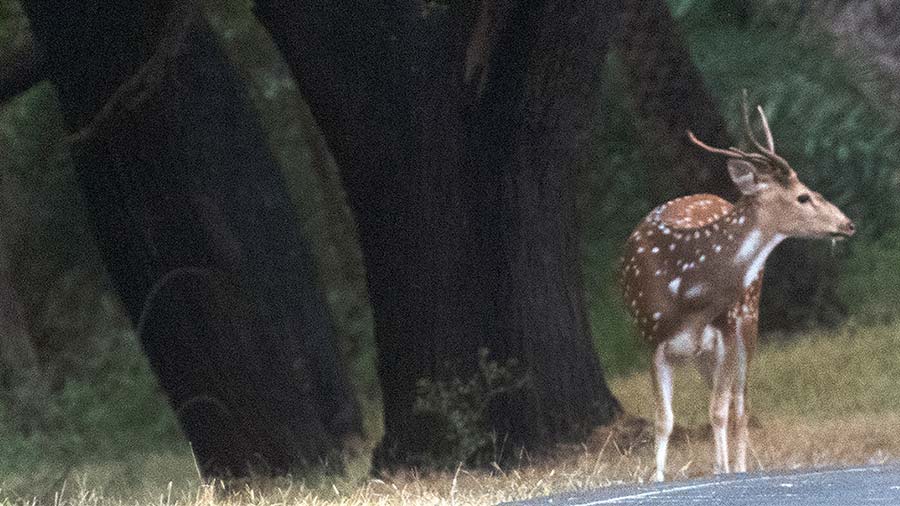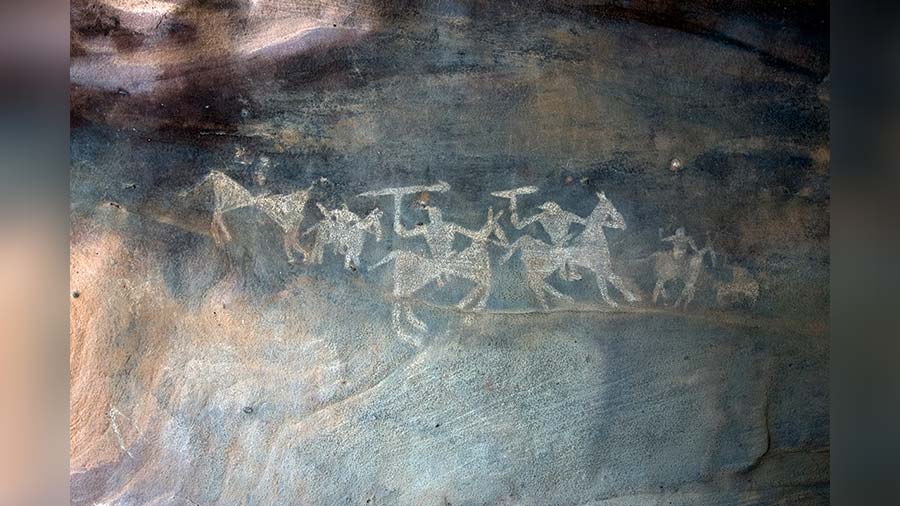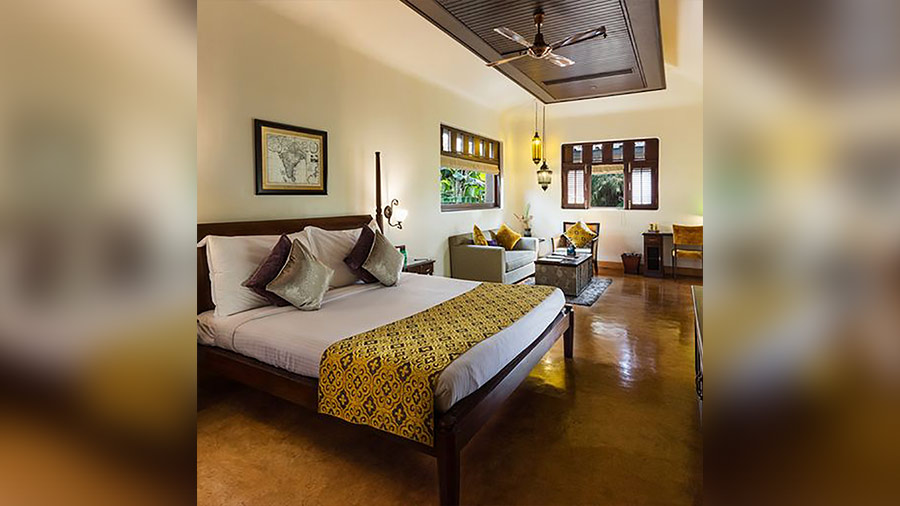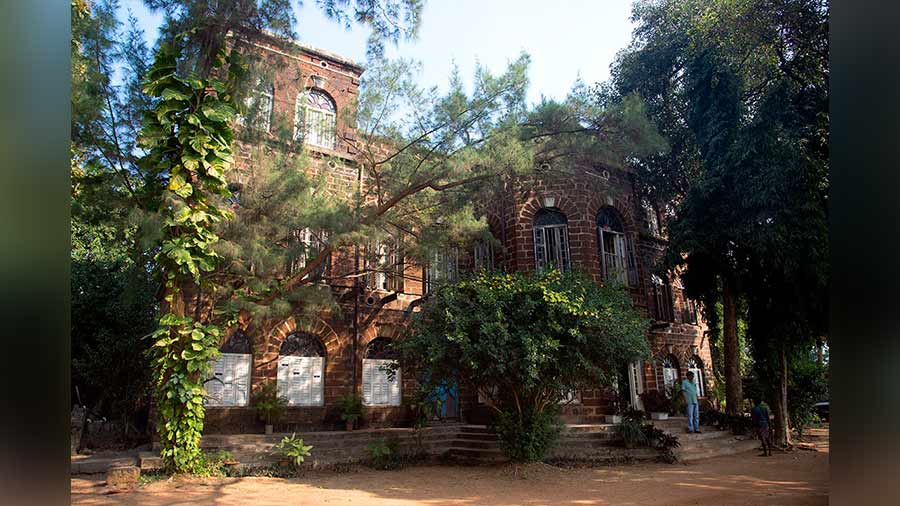The 30-minute drive from Bhopal’s Raja Bhoj airport to Jehan Numa Retreat is marked with signatures of the city’s royal past – from rambling architectural marvels that blend Mughal and Malwa styles to serene expanses of huge lakes – mostly the works of the four queens of Bhopal, who had ruled this central Indian kingdom from 1819 to 1926.
Enterprising empresses, they had defined their dynastic reign with educational and social reforms, and made Bhopal a centre of cultural and literary excellence. The present descendants of the queens of Bhopal have carried forward the legacy and along with various philanthropic initiatives, they have created Jehan Numa Retreat – a sustainable and eco-friendly retreat. Perched right on the edge of Van Vihar National Park on the outskirts of Bhopal, the 12.5-acre boutique property entices its visitors with its lush green spaces and scenic views. The six clusters of lavishly-designed and environment-friendly cottages also promise a rejuvenating stay ensconced in quiet and understated luxury.

A spotted dear at Van Vihar National Park
After settling down in our cottage, we headed towards a clearing under a huge Babool tree, a few chairs strewn across the space and a large bonfire lit to ward off the late November chill. A documentary on tiger conservation was screened on open-air projection, while Vincent, the manager of the retreat, enlightened us with the history of conservation of the big cats in Madhya Pradesh and explained its present status. The hour-long programme has been designed to instill a sense of awareness among the guests about the importance of conservation of wildlife and biodiversity.

Van Vihar National Park — a birder's paradise
Later that evening, we indulged in a lavish open-air dinner crafted around the recipes preserved and passed down the generations in the royal kitchen of Bhopal. From fresh lotus stem dumplings to scrumptious Filfora (mutton slivers marinated with fresh mint, red chilli and cooked in clarified butter) and the mildly-spiced, succulent nalli nehari (slow cooked lamb stew), it was a treat fit for kings and the star highlight was a luscious dessert prepared with garden-fresh roses!

A rock cave at Bhimbetka
The day broke with the incessant bird calls and the cozy deck lounge with our cottage was a perfect spot to sip the morning cuppa to the tune of mellifluous chorus of the resident aviation fleet. After a sumptuous breakfast, we set off for Bhimbetka, about 45 km south of Bhopal. One of the largest repositories of prehistoric art in India, the rock shelters of Bhimbetka showcase early human life through the Palaeolithic, Mesolithic and Historic ages in the foothills of Vindhya hills. In myriad shades of red, white and yellow, our ancient ancestors have left indelible imprints through the paintings of different animals, group dances and hunting scenes — etched eternally on the sandstone rock walls.

Rock climbers at Bhimbetka
On the way back, we had a pit stop at the Madhya Pradesh Tribal Museum on Shyamla Hills Road. The six galleries are a perfect amalgamation of indigenous art, folk traditions and architectural heritage of the tribal communities of Central India showcased through life-size models, art installations and vibrant cultural performances.

The spacious room at Jehan Numa Retreat
Early next morning, we ventured out to Van Vihar National Park, just a short walk away from the Jehan Numa Retreat. A well-maintained road slices through the park, where trenches, walls, and chain-link fencing protect the animals and provide a near-natural habitat to its residents — most of them are either rescued and brought from various parts of the state or are exchanged from other zoos. As we walked into the deeper recesses of this unique zoological park, we spotted wild boars scampering through thick undergrowth, sambar deer ambling about the grassy slopes and a couple of gharials lazing in the sun by the marshy wetlands. The caged rescue centre, at the far end of the park, houses wild animals where solitary big cats have found shelters to recuperate from their wounds and illnesses within wired enclosures. We chose a green bench at a quiet part of the park across a thick bamboo grove and slowly immersed ourselves in the sights and sounds of this urban oasis. A fleet of parakeets kept us company, their trills and tweets infusing a harmonic symphony into the crisp morning air.


